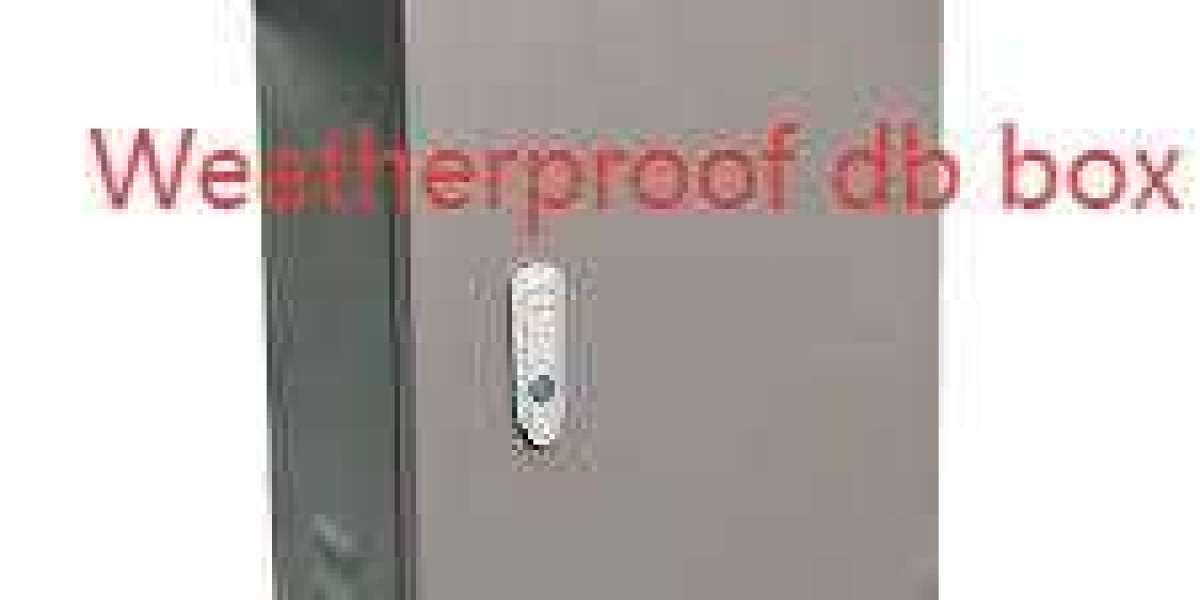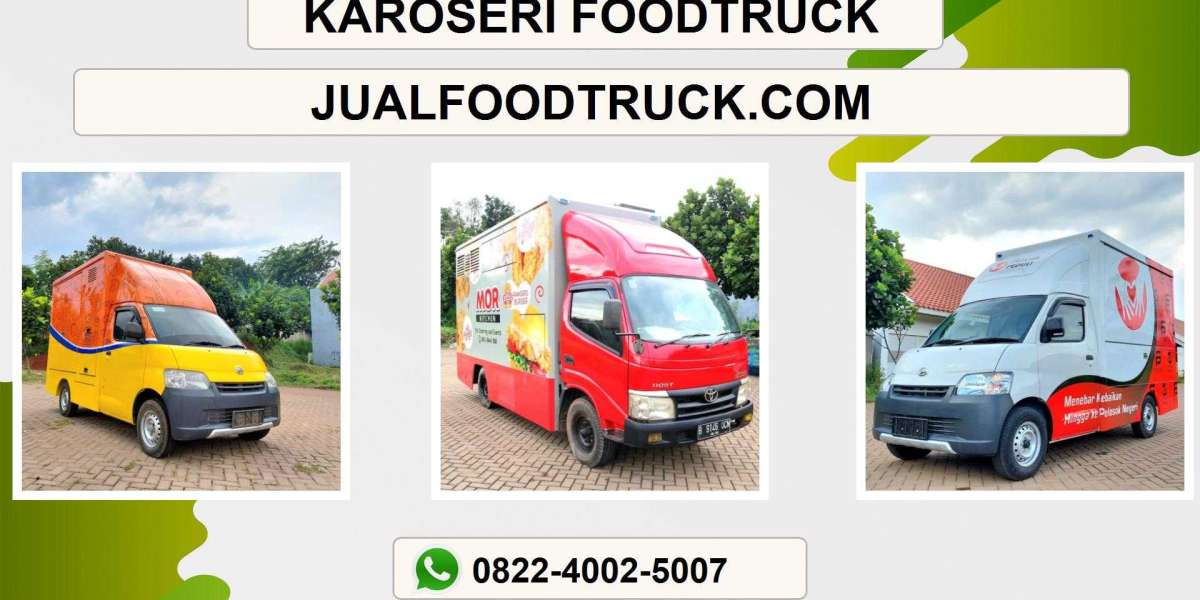When specifying outdoor electrical protection, the Weatherproof db box often becomes the first line of defense against moisture, dust, and mechanical damage, and choosing a rugged enclosure early in a project can prevent costly downtime later. Nante’s approach emphasizes robust sealing, impact resistance, and installer-friendly features that together create enclosures able to withstand long-term outdoor exposure. The Weatherproof db box is therefore more than a housing — it is a critical component of system resilience.
Environmental resilience and ingress protection
Effective outdoor enclosures begin with appropriate ingress protection. Ratings that specify resistance to water jets, heavy rainfall, and fine dust give designers confidence that internal components remain dry and functional. Sealing systems use durable gaskets, compression fittings, and overlapping flanges to maintain continuous protection even after repeated access for servicing. Corrosion-resistant coatings and UV-stable plastics help maintain mechanical integrity and appearance across seasons.
Thermal management and internal layout
Keeping internal temperatures within safe operating ranges is essential for longevity. Passive ventilation, thermal barriers, and, when necessary, low-profile fans or thermostatically controlled heaters prevent condensation and overheating. Internal layouts that separate heat-producing components from sensitive control modules reduce thermal stress. Thoughtful placement of mounting plates and cable entry points simplifies wiring and promotes air circulation while maintaining protection.
Mechanical strength and mounting solutions
Outdoor installations demand mechanical robustness. Reinforced corners, impact-resistant housings, and protective covers reduce the likelihood of damage from accidental knocks or debris. Surface-mountable options permit rapid field deployment with minimal structural alteration, and pole- or post-mount adapters increase siting flexibility. Where tamper resistance is important, lockable latches and concealed fixings deter unauthorized access while preserving serviceability.
Ease of installation and serviceability
Design details that save installer time also reduce lifetime costs. Removable mounting plates, pre-cut cable knockouts, and integrated strain-relief features speed wiring and reduce the need for special tools. Clear labeling zones and modular internal components allow technicians to replace or upgrade modules quickly without disturbing adjacent systems. Service-friendly design reduces the risk of seal damage during maintenance and helps retain protective performance.
Compatibility with electrical standards and safety features
Enclosures intended for live-site use should support required certifications for electrical safety and environmental compliance. Proper grounding arrangements, isolation barriers, and segregated compartments for power and signal wiring reduce interference and enhance safety. Surge protection modules and accessible breaker mounts can be incorporated to localize protective measures, keeping critical circuits online during transient events.
Material selection and lifecycle considerations
Choices in materials affect both initial cost and total lifecycle expense. Marine-grade polymers, powder-coated metals, and stainless steel fasteners offer varied trade-offs between weight, corrosion resistance, and durability. Long-term cost savings often come from specifying materials that minimize maintenance and replacement cycles, even if the up-front expense is higher. Consideration of recyclability and end-of-life disassembly is increasingly part of responsible procurement.
Testing, documentation, and warranty support
Reliable performance stems from testing under representative conditions. Accelerated aging, salt-spray, and ingress testing reveal vulnerabilities before installation. Manufacturers that provide clear documentation — torque specs for fasteners, re-seal instructions, and wiring diagrams — ease compliance and maintenance. Strong warranty terms reflect confidence in manufacturing and give owners assurance about long-term investment protection.
Selecting an outdoor distribution solution means balancing protection, accessibility, and cost. Prioritizing high-quality sealing, thermal management, and installer-centric features reduces the risk of premature failures and service interruptions. For projects that demand dependable outdoor electrical protection, choosing a thoughtfully engineered enclosure supports both safety and uptime. For more details about products and specifications, visit www.nante.com/product/








